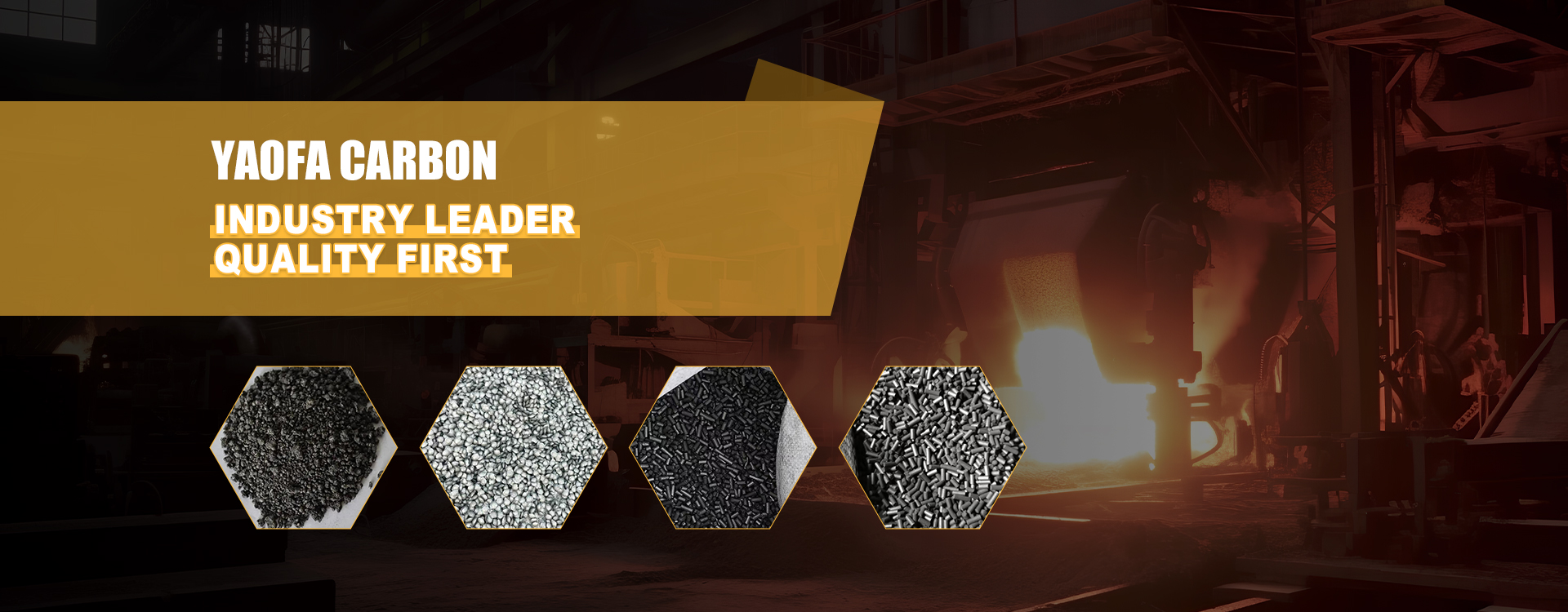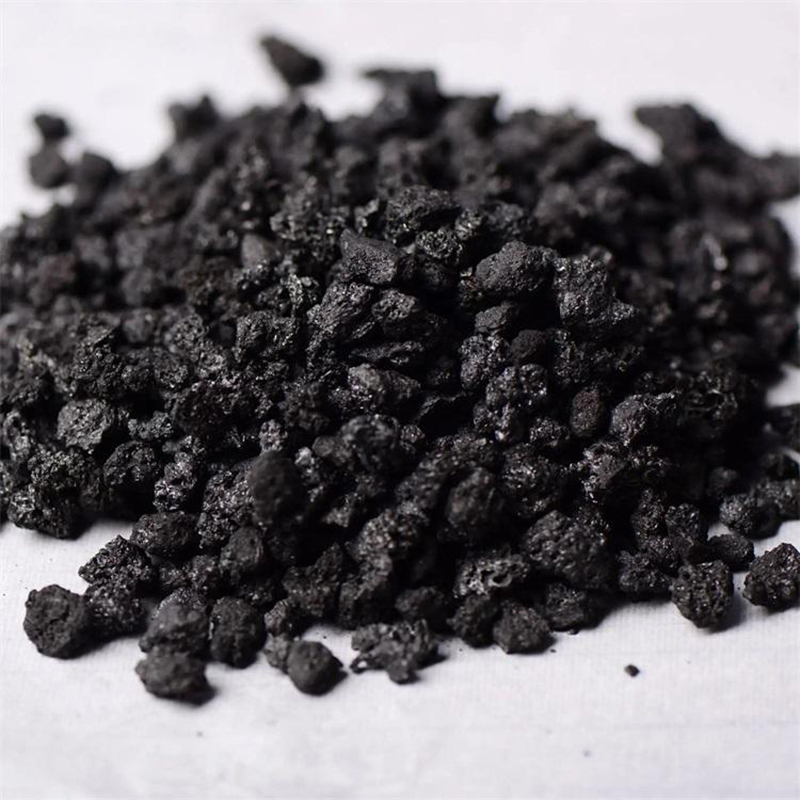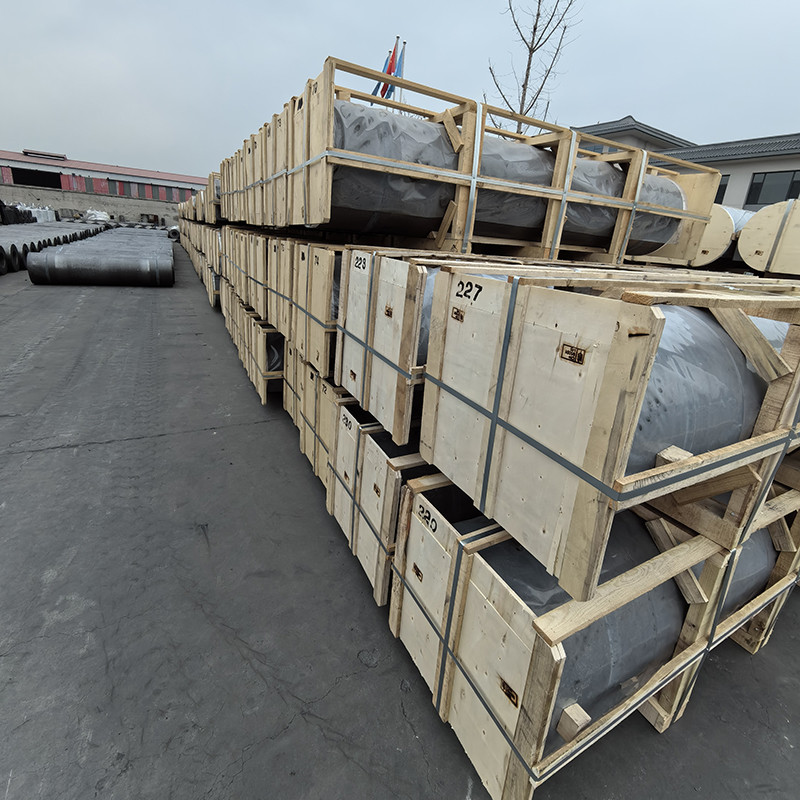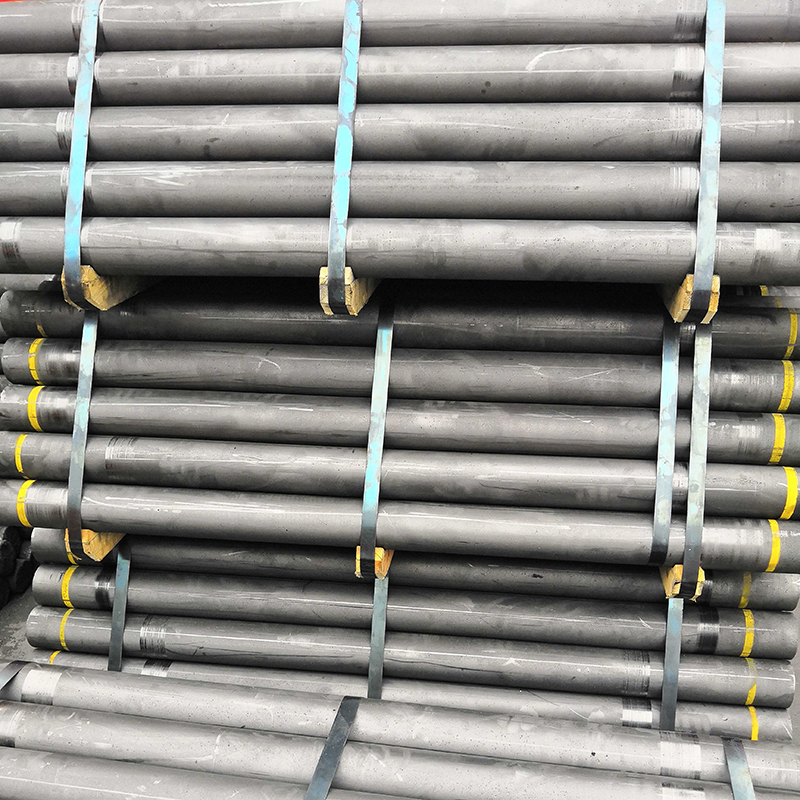- Chinese
- French
- German
- Portuguese
- Spanish
- Russian
- Japanese
- Korean
- Arabic
- Irish
- Greek
- Turkish
- Italian
- Danish
- Romanian
- Indonesian
- Czech
- Afrikaans
- Swedish
- Polish
- Basque
- Catalan
- Esperanto
- Hindi
- Lao
- Albanian
- Amharic
- Armenian
- Azerbaijani
- Belarusian
- Bengali
- Bosnian
- Bulgarian
- Cebuano
- Chichewa
- Corsican
- Croatian
- Dutch
- Estonian
- Filipino
- Finnish
- Frisian
- Galician
- Georgian
- Gujarati
- Haitian
- Hausa
- Hawaiian
- Hebrew
- Hmong
- Hungarian
- Icelandic
- Igbo
- Javanese
- Kannada
- Kazakh
- Khmer
- Kurdish
- Kyrgyz
- Latin
- Latvian
- Lithuanian
- Luxembou..
- Macedonian
- Malagasy
- Malay
- Malayalam
- Maltese
- Maori
- Marathi
- Mongolian
- Burmese
- Nepali
- Norwegian
- Pashto
- Persian
- Punjabi
- Serbian
- Sesotho
- Sinhala
- Slovak
- Slovenian
- Somali
- Samoan
- Scots Gaelic
- Shona
- Sindhi
- Sundanese
- Swahili
- Tajik
- Tamil
- Telugu
- Thai
- Ukrainian
- Urdu
- Uzbek
- Vietnamese
- Welsh
- Xhosa
- Yiddish
- Yoruba
- Zulu
- Kinyarwanda
- Tatar
- Oriya
- Turkmen
- Uyghur

China graphite clay
Exploring the Intricacies of China Graphite Clay
China's graphite clay sector is widely misunderstood, often confused with more conventional clay minerals. But the nuances in production, the role of high-grade resources, and the industrial impacts are quite distinct, especially for anyone who's spent time in the trenches of this industry.
The Fundamentals of Graphite Clay
First off, when we talk about graphite clay in China, it's not your run-of-the-mill clay. These are specialized materials derived from natural graphite deposits, often found in regions rich with carbon-based resources. Now, you might imagine it's similar to regular clay extraction, but the technical complexities are intricate.
Working on site at places like Hebei, I've seen firsthand the layered ecosystem of extraction and refinement. Companies like Hebei Yaofa Carbon Co., Ltd. play a critical role, being one of the few that can dance in both carbon additives and electrodes. Their location, leveraging over 20 years of experience, really sets them apart in handling not just volume, but quality too.
Graphite clay isn't merely dug up and shipped out. It undergoes precise processing to meet industry standards—particularly in applications like battery production or high-temperature environments. It's this demand for precision that makes the distinction critical.
A Look at Industry Applications
When you consider the end-use of graphite clay, the breadth of its application is eye-opening. Industries ranging from energy to electronics banking on its unique properties. In my earlier days, I recall a collaboration with a tech company attempting to refine their battery components using enhanced graphite clay. The trials, though challenging, eventually paid off with notable efficiency gains.
The demand for high purity and structural integrity is something Hebei Yaofa ensures through rigorous processes. They don't just supply raw materials; they tailor what they do to meet specific industrial needs, thus giving clients that competitive edge when manufacturing high-performance products.
Yet, it's not all smooth sailing. I’ve watched as companies mishandle this material, leading to defects and losses. This clearly underscores the importance of experienced processors and suppliers who genuinely understand the idiosyncrasies of graphite clay.
Challenges in the Extraction Process
Consider the extraction process—a labyrinth of trials and errors. Unlike conventional mining, extracting graphite clay demands a confluence of geological savvy and technological acumen. We've seen smaller operations falter precisely because they overlook these nuances.
In my dealings across the industry, it’s evident that robust partnerships, such as with experienced manufacturers like Hebei Yaofa Carbon Co., Ltd., become invaluable. Their insights into optimal extraction techniques minimise environmental impact while maximising yield.
Then, there's the transport and logistics conundrum. Shipping delicate materials like graphite clay across vast distances requires meticulous planning. It's not just about slapping it on a truck—there's a balance of environmental controls, maintaining integrity and ensuring timely delivery, all of which I've learnt through (sometimes painful) experience.
The Environmental Considerations
Environmental impact is another arena where graphite clay plays a significant role. The processes involved, if unchecked, can be detrimental. There's a growing demand for sustainable practices, something even seasoned veterans like myself are consistently pondering.
Working with sustainable methodology, many firms now, and not surprisingly companies like Hebei Yaofa, focus on reducing their carbon footprint. Integrating eco-friendly processes without compromising quality is a tightrope act but necessary.
The question of sustainable development isn't just trendy jargon. Successful companies engrain it into their ethos, reflecting in their product lifecycle and corporate strategy. That's what truly sets apart leaders in the carbon industry.
The Future of Graphite Clay In China
Looking ahead, the trajectory of graphite clay seems poised for growth, spurred by technological advancements and expanding industrial applications. There’s a keen interest in adapting graphene technologies utilizing graphite clay, a field ripe with potential but fraught with challenges.
Already, large-scale manufacturers like Hebei Yaofa are scaling up their research divisions, expanding not just in output but also innovation. Such foresight opens doors to collaborations and potential breakthroughs in terms of composite materials.
Yet, innovation must be married to realism. It's one thing I've carried from my years in the field: pushing boundaries but respecting the confines of current technology and the market’s elasticity. The future is promising, but it demands we tread with both ambition and caution.
Related products
Related products
Best selling products
Best selling productsRelated search
Related search- China Graphitized recarburizer
- isomolded graphite plate
- graphite electrode used for
- custom graphite plate
- graphite impregnated bronze plate supplier
- mild coal tar Manufacturer
- China Granular recarburizer
- graphite plate suppliers factory
- graphite electrode for electrolysis
- tempering graphite crucibles supplier













